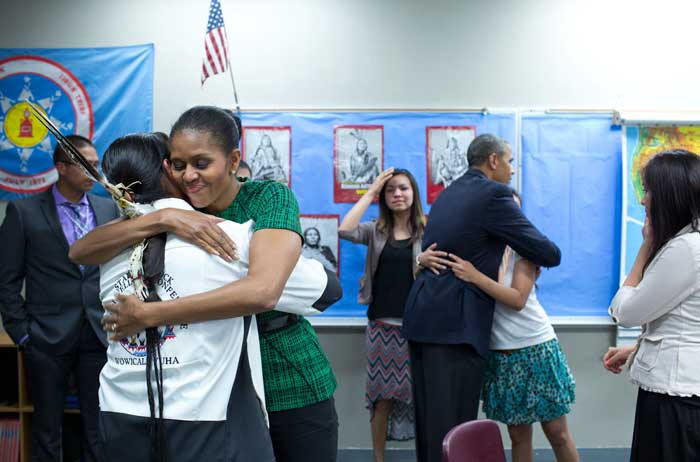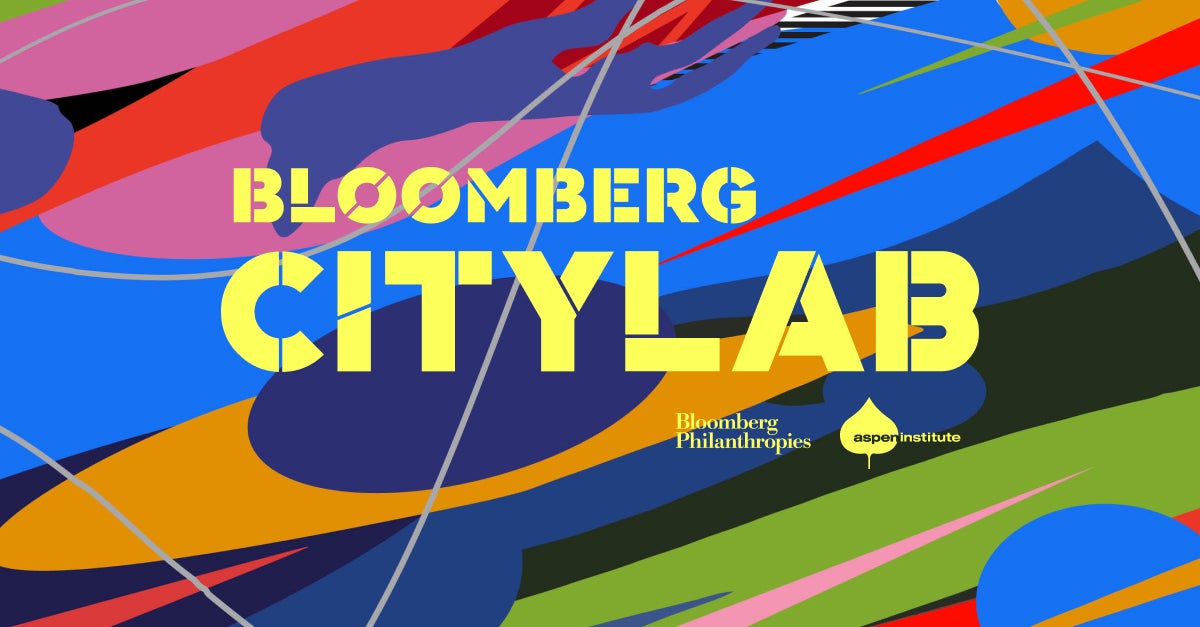There are many news stories these days about the plight of children living on Indian reservations in the U.S. And it is accurate to say that these Native American children are part of a left behind population. They are children of the First Americans, but they are confronted with education, housing and health care challenges that have many of them living in developing world conditions right here in the U.S.
However, that is not the whole story!
Around the country, there are young Native Americans who are creating and leading programs that combat youth suicide, promote education and address a myriad of other challenges affecting their lives and the lives of their peers.
One of these young people, Dahkota Brown, is a 16 year-old high school student from the Miwok Wilton tribe in California. He created an after-school program called NERDS (Native Education Raising Dedicated Students) to organize a support network and encourage his Native peers to excel in education. And it is working.
Another one of these young people, Carin Young, is a Native Hawaiian college senior from Ewa Beach, Hawaii. She created an annual event called “Breaking the Silence” to provide support for survivors of sexual abuse. Through this event, Carin has been able to promote healing, exchange resources and build support networks among Native Hawaiian survivors, families and communities.
Their stories inspire me.
An organization I created — the Center for Native American Youth has named them and other youth doing similar work “Champions for Change.” They are combating major issues with innovative solutions that work. They built successful efforts that promote hope and inspire their peers to succeed.
While our Champions for Change program is designed to celebrate young people doing wonderful and successful things that improve the lives of others, we know there is so much more to do.
As a member of Congress for more than thirty years, I was honored to work alongside tribal officials and parents who work valiantly every day to lead their communities and improve the lives of Native youth. Yet, they are hamstrung by a lack of resources to meet even basic needs. Federal programs that provide services — healthcare, education and social services — for Native children are chronically underfunded. I commonly heard as chairman of the Senate Committee on Indian Affairs, “do not get sick after June” — a sad reminder that funding for the Indian Health Service, the federal agency whose mission it is to carry out the federal government’s trust responsibility to Indians, is only about half of what is needed.
The current funding to support tribes, whether from federal or philanthropic sources, is simply not enough. We need to increase investment in Native American youth because, while they are the most at-risk population in this country, they are also a proud, resilient and talented part of our future.
When I served in Congress, I was committed to educating my colleagues about Native Americans and the history of our government’s responsibility to the First Peoples. It is history of broken promises and ignoring our obligation to tribes.
I shared stories on the Senate floor about critical needs and tragic disparities — and the shocking reality that Native youth face the highest suicide rate of any population in this country.
If we want to improve and save lives of our young people, we need to invest in Native youth.
Following my retirement from the Senate, I created CNAY to focus on the issues that Native American youth face. I invested $1 million of my unused campaign funds to create the organization because I believe there is no more valuable investment — for a stronger and more just future — than to create opportunity for Native American children.
CNAY recently partnered with the White House and Department of the Interior on President Obama’s “Generation Indigenous” initiative to connect, support and empower our youngest First Americans to lead full and healthy lives. Through this partnership, we co-hosted a convening this spring with First Lady Michelle Obama bringing together more than 160 philanthropies, nonprofits, youth, and other thought leaders to focus on creating opportunity for Native youth and why the time to invest in them is now.
As Mrs. Obama said during the event, “We all need to work together to invest deeply – and for the long-term — in these young people…These kids have so much promise, and we need to ensure that they have every tool, every opportunity they need to fulfill that promise.”
She was absolutely right.
As federal support comes up short again and again, private sector funding falls behind, too. Private sector investments are disproportionately lower in tribal and urban Indian communities. In fact, a 2009 report by the Foundation Center and Native Americans in Philanthropy showed that of the top foundations in this country, less than 0.3% targets Native American needs and priorities. As a result of this chronic underfunding for Native communities, this population faces some of the most extreme health disparities, lowest educational attainment, and disproportionate presence in the social welfare and juvenile justice systems.
As the founder of CNAY, I now see and feel personally how difficult it is to raise federal or private resources to support Native youth. In four years, CNAY has reached out to thousands of youth across the country and built a national policy platform to compel policymakers and federal programs to prioritize the needs of Native American children. We have taken the $1 million I donated and leveraged that support to build an organization that is changing lives. But it wasn’t easy.
More funding is needed for programs like ours and especially, for the efforts in communities on the ground. Together with public and private sectors, we must increase investments in Native youth. We must work with tribal governments who are already investing millions of dollars across Indian Country to improve the lives of their children and future generations.
Dahkota and Carin and the other Native youth we have designated Champions for Change are working every day to improve the lives of this vulnerable population. But they can’t do it alone. Private and public funds must be committed to improving the lives of Native youth, not only to give these talented young people the tools they need to thrive, but to save and improve their lives and the lives of generations to come.

